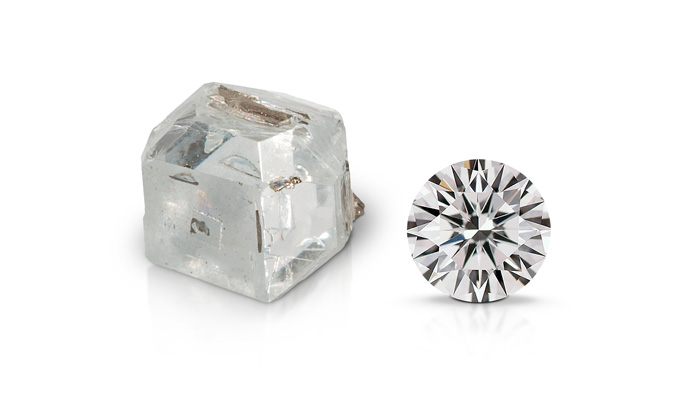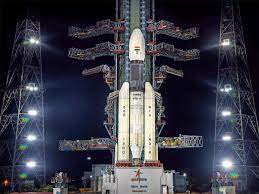LAB GROWN DIAMONDS
Why in News?:
The Ministry of Finance (MoF) in its 2023-24 Union Budget has put special emphasis on Laboratory-Grown Diamonds (LGD).
Scientists working at a General Electric research laboratory in New York are credited with the creation of the world’s first-ever LGD in 1954.
What are LGDs? :
LGD are manufactured in laboratories, as opposed to naturally occurring diamonds. However, the chemical composition and other physical and optical properties of the two are the same.
Naturally occurring diamonds take millions of years to form; they are created when carbon deposits buried within the earth are exposed to extreme heat and pressure.
Manufacturing:
They are mostly manufactured through two processes, High Pressure,High Temperature (HPHT) method or Chemical Vapour Deposition (CVD) method.
Both HPHT and CVD methods of growing diamonds artificially begin with a seed, a slice of another diamond.
Applications:
They are used for industrial purposes in machines and tools and their hardness and extra strength make them ideal for use as cutters.
Pure synthetic diamonds are used in electronics as a heat spreader for high-power laser diodes, laser arrays and high-power transistors.
Significance:
The environmental footprint of a diamond grown in a laboratory is much lesser than that of a naturally occurring diamond.
According to a report by Diamond Foundry, an environmentally conscious LGD manufacturer, it takes ten times more energy to extract a natural diamond from the earth than it takes in creating one above the ground.
Open-pit mining, one of the most common methods of mining naturally occurring diamonds, involves moving tonnes of earth and rock to extract these precious stones.




.jpg)
.jpg)
.jpg)
.jpg)
.jpg)




.jpg)
